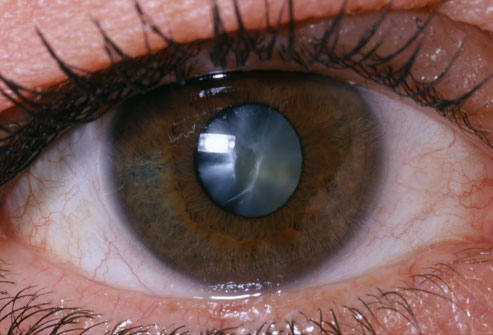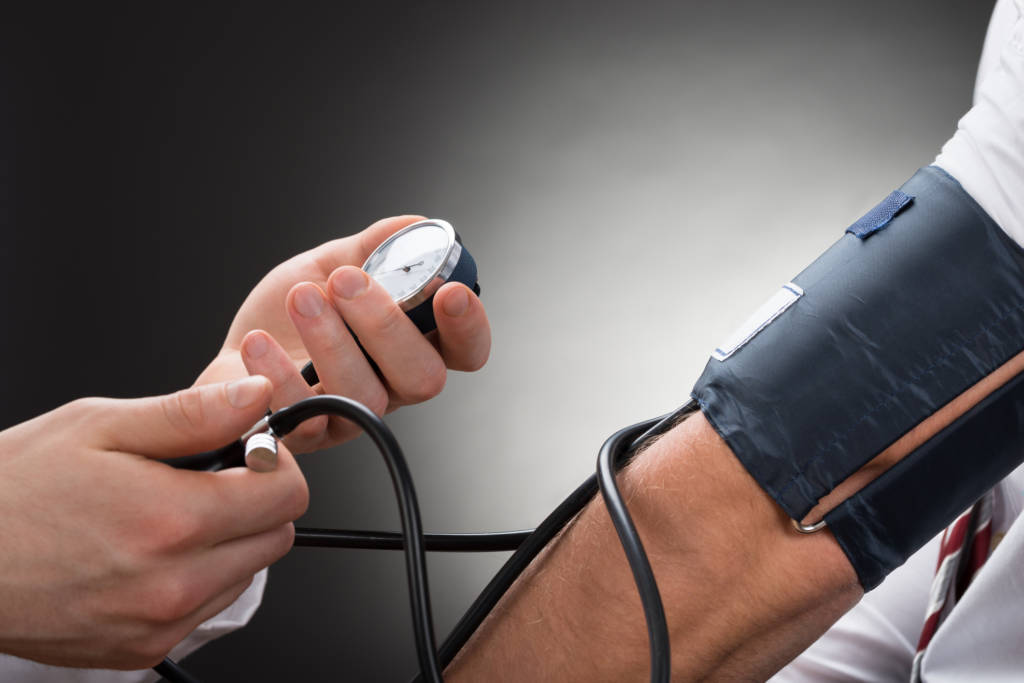Blacks and Hispanics are less likely than whites to control their high blood pressure, according to a new study. Researchers looked at data from 8,796 adults with high blood pressure in the 2003-12 National Health and Nutrition Examination Survey. Participants were considered to have high blood pressure if their systolic (top number) blood pressure was 140 mg Hg or higher, their diastolic (bottom number) blood pressure was 90 mm Hg or higher, or they were taking high blood pressure medicine.
The seventh panel of the Joint National Committee defined high blood pressure control as below 140/90 mg Hg for those without chronic kidney disease or diabetes and below 130/80 mm Hg for those with either condition.
Researchers found that high blood pressure treatment rates were 73.9 percent for whites; 70.8 percent for blacks; and 60.7 percent for Hispanics. In addition, high blood pressure control rates were 42.9 percent for whites; 36.9 percent for blacks; and 31.2 percent for Hispanics.
According to the American Heart Association’s 2016 Heart and Stroke Statistics, 80 million U.S. adults, about one in three, have high blood pressure. That number is expected to increase by 8 percent from 2013 to 2030. High blood pressure is strongly linked to cardiovascular diseases like stroke, heart attack, and heart failure.
“High blood pressure is very treatable, so from a public health perspective, it’s important to know if prevention and treatment strategies are working and what differences exist across racial and ethnic groups,” said Edgar Argulian, M.D., M.P.H., assistant professor of medicine and a cardiologist at Mt. Sinai St. Luke’s Hospital in New York.






